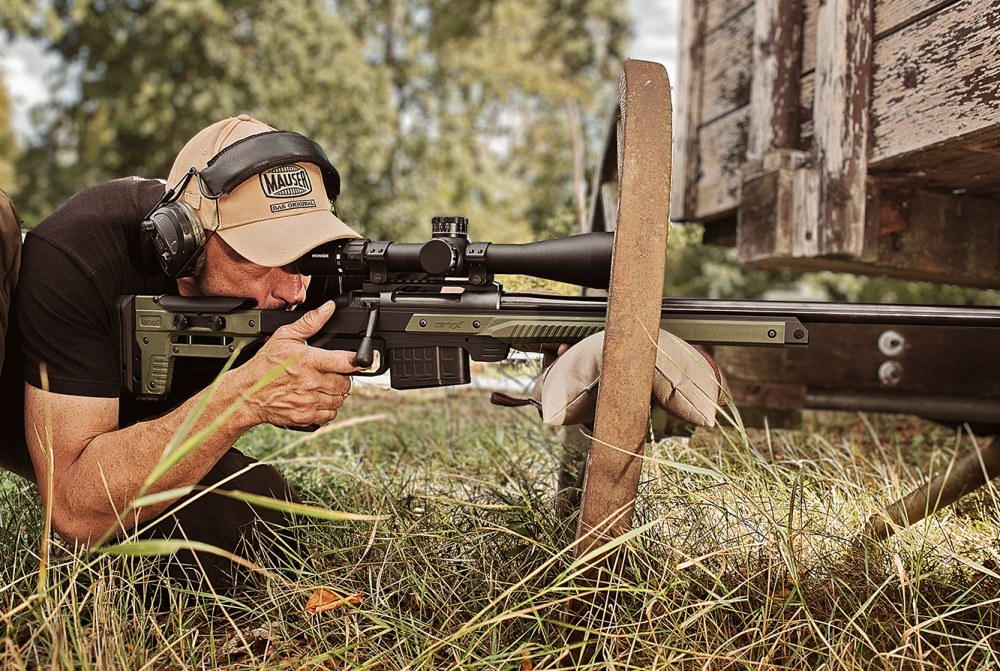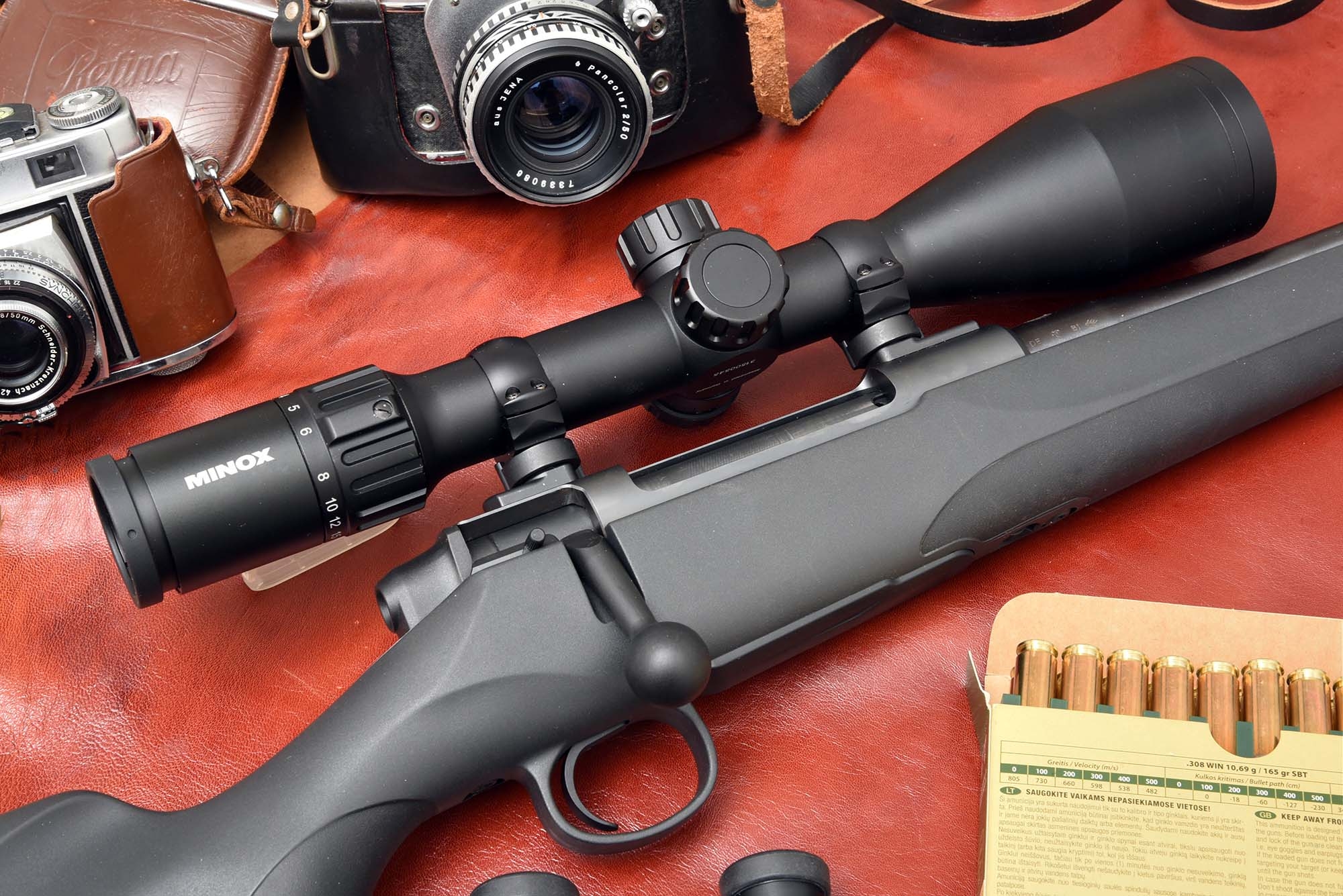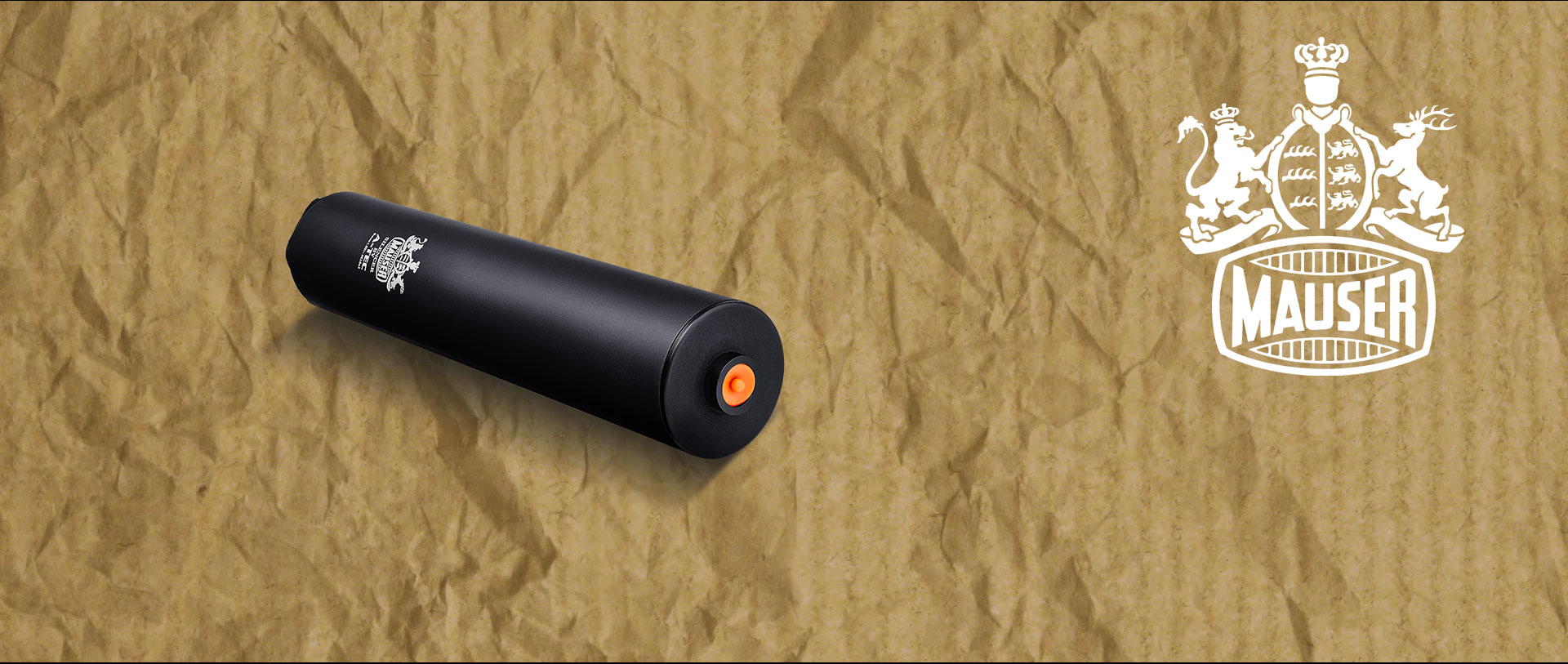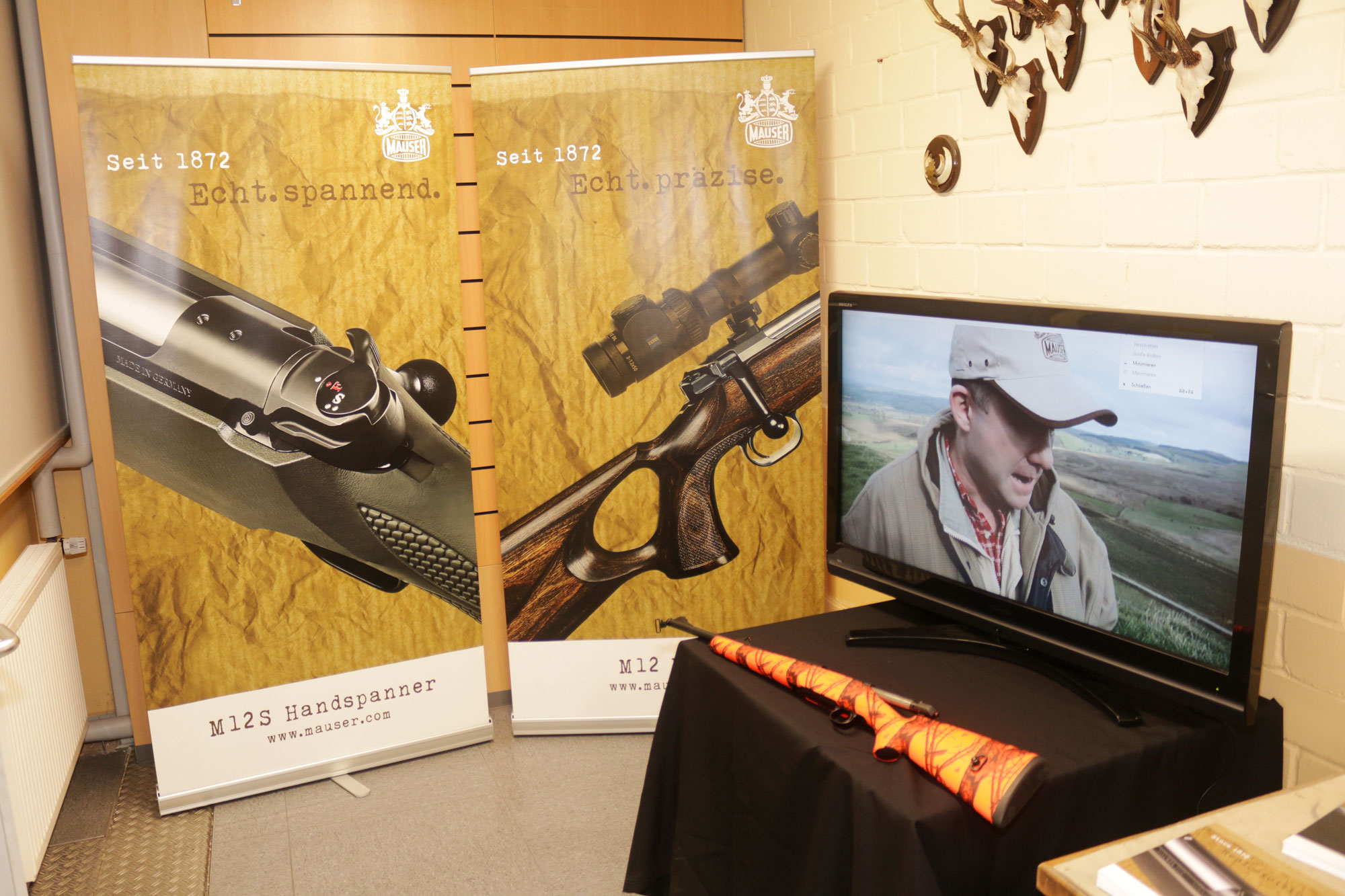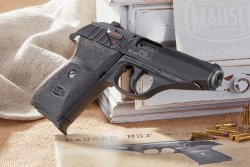
At first, the pistol manufactured by German Sport Guns, or GSG for short, caused the editorial team to frown a little. Not because of any obvious defects. But because the manufacturer German Sport Guns, which specialises in smart rimfire guns, has given its rimfire interpretation of the Mauser HSc, now sensibly called the HSr, four visible functional elements on the left side: a manual safety, a slide stop and a takedown lever, as well as a decocker. That's quite a lot of technology for such an unusually small and affordable pistol. And this, in conjunction with the SA/DA hammer-fired trigger, leaves nothing to be desired in terms of the readiness when carrying. The relaxed, hammer down and chamber empty condition is left aside as impractical for a DA/SA trigger due to the time-consuming need to first rack the slide under stress. The only sensible thing to do is to decock the hammer on the fully loaded chamber using the decocker and fire the first shot from the gun with the safety off using the DA trigger. Alternatively, the safety can – or rather must – be flipped off for the first shot when the gun is drawn. US citizens, relying on the safety in "Condition One", may do without the decocking lever and holster the pistol with a cocked hammer, blocked only by the thumb safety. Whether the significantly lighter trigger pull when releasing the cocked hammer justifies the literally safety-critical method of carrying is something everyone has to decide for themselves.
The Mauser HSr rimfire pistol from GSG in detail
If you take a closer look at the pistol, you will realise: wait a minute! I know the functional design, as well as the lines. And rightly so, because the German Sport Guns Mauser HSr is part of an illustrious line of ancestors: details of its strikingly slanted, gently rounded slide contour match the SIG Sauer P230, which came onto the market almost 50 years ago. But the front section with the unmistakably sloping slide contour is unmistakably Mauser HSc. The hammer-fired gun was widely regarded as both accurate and reliable and came out in the wake of the Walther PP and PPK models around 1937 and was manufactured in two production batches until the mid-1980s. Their calibers were .32 ACP (aka 7.65mm Browning) and .380 ACP (9x17mm). This also leads to a difference in the name of the new model. To start at the beginning: "HS" stands for "Hahnspanner", "external hammer". The "c" attached to it refers to the fact that the 7.65 mm and 9 mm cartridges are centerfire calibers.
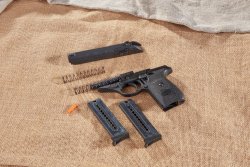
German Sport Guns is launching the new interpretation of the Mauser classic in .22 LR, i.e. a rimfire cartridge. Consequently, the GSG team not only gave its all-metal gun the famous Mauser barrel logo on the grips and on the slide, but also added a "r". Technically, however, this is not all Mauser. In terms of mechanics and function, the company also looked elsewhere, namely to the SIG Sauer P232. The procedure for disassembling the HSr originates from this modern pocket gun classic, as does the function of the decocking lever, even if the manual safety at the top rear of the slide has been adopted from the older Oberndorf design. The manufacturer emphasises: "The associated firing pin safety and a drop safety meet the current requirements of a modern pistol design. Due to its slim design, the Mauser HSr is particularly suitable for all types of concealed carry." In terms of appearance, the HSr is completely black, but there will probably also be a version with stylish walnut grips available for pre-order.
Our test: with the GSG Mauser HSr on the shooting range
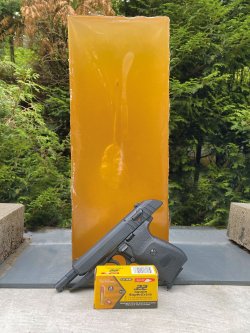
Our first emotional impression: this thing is also fun! On the one hand, there is the manageable cost of the ammo. And secondly, the absolutely sophisticated selection and operating options for this handy gun. The testers noticed positively that with the pre-mounted, medium-height rear sight, the pistol shoots almost exactly spot on at around five meters. This made the subsequent, informal shot at a block of gelatine substitute (Clear Ballistics) much easier. What was remarkable about this gelatine shot was a cavity the size of a lemon. Since the bullet had no increase in cross-sectional area, the unexpectedly large cavity was probably due to a 180-degree bullet rotation.
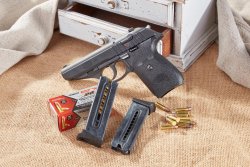
As filigree as the sights appear to be, the sight picture itself (assuming good lighting conditions) was quite usable. The contrast is pronounced, the rear and front sights can be picked up quickly, but only as large as necessary to prevent them from getting stuck in stressful situations. Shooting at the practical distance of ten meters, it was possible to generate completely acceptable groupings for defence purposes. There were no anomalies or malfunctions with any of the cartridge types used in the test. Case ejection was always powerful and the angle was almost always the same. Despite the low weight of the gun, recoil was absolutely acceptable even with HV ammunition. And yes, rimfire pistols do tempt you to "shoot". And why not, because despite the small size of the Mauser HSr, the pistol can be controlled perfectly even in rapid fire. And this brings to mind the famous saying of one of the early combat gurus, who said: "A shot fired under stress with a successful hit with a .22 Long Rifle is undoubtedly better than a miss with an insufficiently controlled .44 Magnum". There is nothing to add with regard to the continuing validity of that saying.
Mauser HSr from German Sport Guns technical specifications and price
| Model: | German Sport Guns Mauser HSr |
| Caliber: | .22 LR |
| Magazine Capacity: | 10 rounds |
| Dimensions (LxWxH): | 170x32x116 mm |
| Barrel Length: | 93 mm |
| Twist Rate: | 1:400 mm |
| Trigger Pull Weight: | 2,500 g approx. |
| Weight: | 600 g |
| Price (RRP): | 349 euro |
| Equipment: | DA/SA trigger with manual safety and decocking lever, one spare magazine, buffer cartridge, spare recoil spring, cold hammer forged barrel, plastic case, two interchangeable rear sights for elevation adjustment. |
Text: Robert Riegel and Matthias S. Recktenwald



